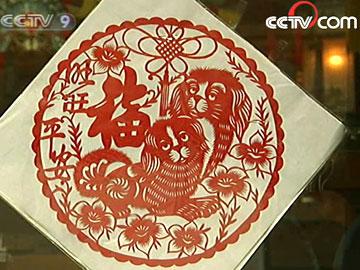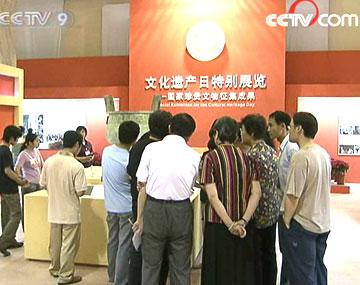Chinese leaders are busy attending sessions of the NPC and CPPCC in the Chinese capital. Participants to the meetings turned their focus to culture, during Tuesday's discussions. The question - how can Chinese culture be kept fresh amid the inevitable trend toward globalization?
|

|
|
Paper cutting, Chinese New Year's painting, and tiger-shaped
pillows are folk art treasures from northwest China's Shaanxi
province.(Photo: CCTV) |
Paper cutting, Chinese New Year's painting, and tiger-shaped pillows are folk art treasures from northwest China's Shaanxi province. CPPCC member Wang Yongchao who comes from the region, spoke about protecting the arts.
Wang Yongchao, CPPCC member, said, "Folk art is the essence of a nation's culture. The government has shown great perseverance in its concern. But I believe there should be more support - spelled out in the form of policy."
Deputy Niu Zhenning set publishing issues on the table. He notes China has a trade deficit in the publishing field. The country imports many books from Western Countries. He says China should do more to introduce Chinese literature to the rest of the world.
|

|
|
China opened many cultural venues to free admission at the end
of 2007.(Photo: CCTV) |
China opened many cultural venues to free admission at the end of 2007. But some think the measure still does not go far enough in allowing people to experience their culture.
Li Jianbao, CPPCC member, said, "Facilities in museums and libraries have much room for improvement when compared to those in developed countries. These improvements can be made with respect to content, openness and sharing."
The emphasis on cultural prosperity is widely approved among legislators. However, deputies also showed concern over the misuse and abuse of cultural protection legislation, which has been used to reap extraordinary profits in some local areas.
(CCTV March 13, 2008)